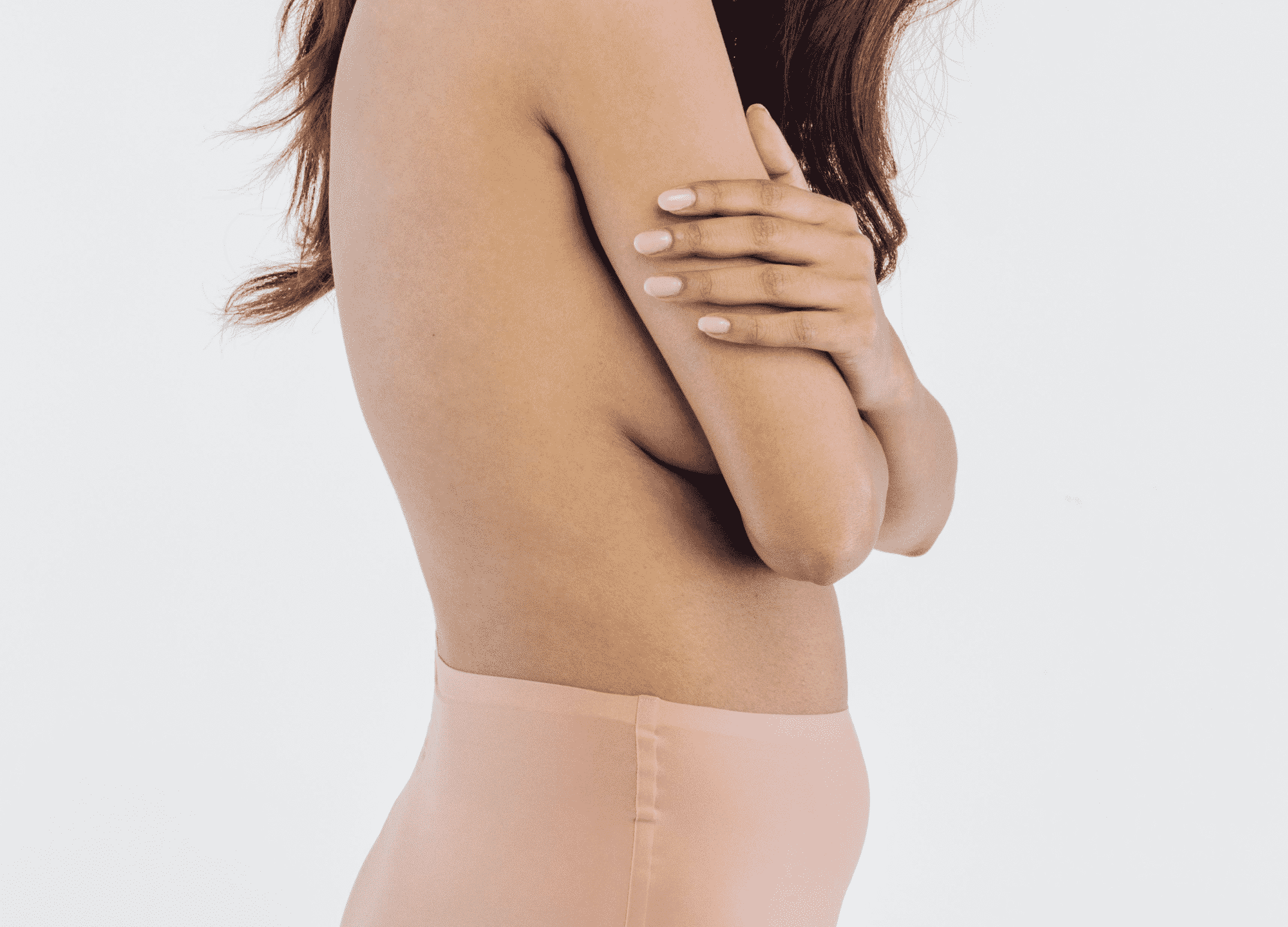This article has been medically reviewed for accuracy by Rockville, MD plastic surgeon Dr. Adam Tattelbaum on August 19, 2020.
In the world of cosmetic surgical procedures, the tummy tuck reigns supreme. According to the Plastic Surgery Statistics Report, it was the ninth most popular body procedure in 2020. But make no mistake—this is not a minor surgery. The recovery is extensive, and it’s imperative to listen to both your doctor’s orders and your body. “People are obsessed with recovering in 10 days, but if you want to have good results from your tummy tuck, you have to invest the right amount of time in healing,” cautions Dr. Siamak Agha, a board-certified plastic surgeon in Newport Beach, California. Ahead, answers to six of the most common questions about the tummy tuck recovery process.
What is the recovery time for a tummy tuck?
As the saying goes, patience is a virtue. A tummy tuck involves tightening loose skin, removing excess fat, and bringing together abdominal muscles that have separated, explains Dr. Kelly Killeen, a board-certified plastic surgeon in Beverly Hills, California. The healing has to occur on all three layers—the skin, the underlying abdominal wall, and the muscle, she adds, no easy feat. TL;DR: full tummy tuck recovery time can be up to six months, according to both of the doctors we spoke with.
But get through the first week, and it should all be downhill from there—this is when you’ll be in the most pain and have the most restrictions, says Dr. Killeen. You should be fairly mobile; in fact, it’s important to get up and walk every three hours, to minimize the risk of blood clots, notes Dr. Agha. Just don’t be surprised or worried if you can’t stand up completely straight. “It might even be two to three weeks before you can stand fully upright. Don’t push it, because the last thing you want is to stretch out or put tension on any of the incisions,” Dr. Agha cautions. Similarly, many people find it more comfortable to sit and sleep with their knees up, particularly for the first week or so, adds Dr. Killeen.
By the two-week mark, “Most people will start to feel pretty human again and are able to start driving and go back to work at a desk job,” explains Dr. Killeen. Pending any complications and assuming that the healing process is going well, she usually clears most of her patients to resume all normal activities after four weeks. Dr. Agha tells his patients to wait six to eight weeks, though both doctors agree that once you are back up and running (literally or figuratively), it’s important to listen to your body and not do too much, too fast. “There’s a lot of muscle repair happening during the healing process, and it’s all very precarious. Too much activity or lifting can undo any progress,” says Dr. Killeen.
Will I have a drain?
Most likely, yes. Most tummy tucks involve the insertion of one or two surgical drains, to help remove excess fluid secreted by the body, and they’re usually removed within two weeks, says Dr. Agha. (Drainless tummy tucks are also a thing, though they come with an increased potential for some complications.) Follow your doctor’s instructions for monitoring the drain and insertion point. Dr. Agha also adds that it’s best not to shower while the drains are still in, to minimize the risk of contracting an infection from tap water.
How long does swelling last after a tummy tuck?
The short answer: a long time. Post–tummy tuck swelling is pretty much guaranteed and is one side effect that won’t go away within the first week. “Most of the swelling will subside after six weeks, but there’s a lingering final amount that can take anywhere from three to six months to completely dissipate,” explains Dr. Agha. This is where a binder or compression garment comes up huge. To that point…
Is a binder necessary after a tummy tuck?
You bet. “Not only does compressing the area minimize swelling, it also helps ensure that your abdominals heal smooth and flat,” Dr. Killeen explains. She adds that every plastic surgeon will recommend a different type of binder or compression garment, as well as how long to wear it (more on that in a moment). She has her patients wear a Spanx-like undergarment. Dr. Agha recommends a binder—which wraps around your midsection only, so you don’t have to pull it up and down every time you go to the bathroom and risk irritating the incision—for the first six weeks, followed by a compression garment of the patient’s choice.
Speaking of which, how long do you need to wear a binder after a tummy tuck? “I tell people to wear it 24/7, for four weeks. Swelling tends to be minimal overnight when you’re not moving around, so if they find it uncomfortable, they can take it off while they sleep,” says Dr. Killeen. Dr. Agha’s advice is to wear it as much as possible, for a minimum of six weeks—ideally, for three to six to months.
How tight should your binder or compression garment be? “Put your hand between the garment and your body. You should be able to push it out one inch without too much effort. If it’s hard to do that, it’s too tight. If you can easily push it out even farther, it’s too loose,” says Dr. Killeen. Wearing one that’s too loose can mitigate the effects; wearing one that’s too tight can end up causing complications and even creating permanent indentations in the fat, warns Dr. Agha.
What else helps swelling after a tummy tuck?
Diet can play a big role—more specifically, avoiding excess salt intake, says Dr. Killeen. If a margarita and basket of tortilla chips leave you puffy and swollen on a normal day, just think about what could happen if you’re still healing from a tummy tuck and swollen to begin with. In general, it’s important to pay close attention to your diet during your recovery. Both doctors emphasize that eating lots of lean protein can be beneficial for helping your body heal and repair.
Related: 5 Ways to Effectively Treat Tummy Tuck Scars
How soon can you have a tummy tuck after baby?
While the physiological changes that occur during and after pregnancy are among the main reasons many women choose to have a tummy tuck, this surgery shouldn’t be an immediate postpartum priority. “The abdominal wall and uterus continue to shrink for several months after delivery. You’re also going to have the best results if you’re back at or close to your prepregnancy weight,” explains Dr. Killeen, who advises waiting at least six months. It’s also worth noting that a tummy tuck isn’t necessarily a foolproof option for completely getting rid of pregnancy-induced stretch marks. A tummy tuck will usually remove stretch marks that are below the belly button, says Dr. Killeen. If they’re above it, they won’t be removed completely but will be pulled down far enough that underwear will cover them, she adds. Either way, it will be an improvement.











